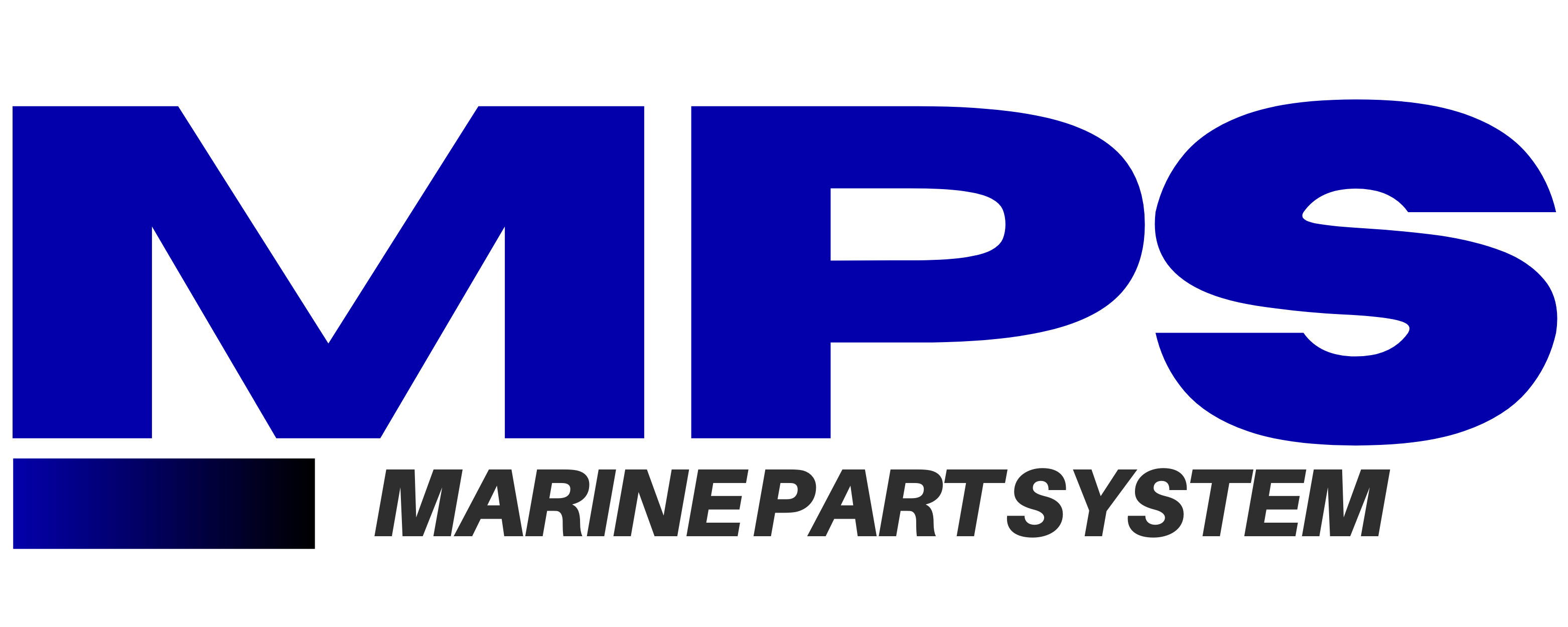- Volvo Penta
- Starter motors Volvo Penta
- Sensors Volvo Penta
- Valve covers – oil sumps Volvo Penta
- Wiring harnesses Volvo Penta
- Gearboxes – saildrives Volvo Penta
- Fuel systems Volvo Penta
- Instrument panels Volvo Penta
- Pistons – connecting rods Volvo Penta
- Cooling water system Volvo Penta
- Crankshafts – camshafts Volvo Penta
- Flywheels – flywheel housings Volvo Penta
- Cylinder heads Volvo Penta
- Heat exchangers and aftercoolers Volvo Penta
- Alternators Volvo Penta
- Control units / EVC / MDI Volvo Penta
- Exhaust systems Volvo Penta
- Engine lubrication system Volvo Penta
- Aftermarket Volvo Penta
- Saildrives Volvo Penta
- Engine mounts Volvo Penta
- Vetus
- Yanmar
- Ellebogen
Keeping your boat’s diesel engine in top shape is essential for performance and longevity. Use this checklist to ensure you’re performing all necessary maintenance tasks at the right intervals. Regular maintenance helps prevent costly repairs and improves engine efficiency.
Daily/Before Every Use:
- Check Oil Level: Ensure the oil is at the correct level and free of contaminants.
Tip: Check your oil filters for any signs of wear. - Check Coolant Levels: Verify coolant is at the proper level to prevent overheating.
- Inspect Belts: Look for any signs of fraying, cracks, or tension issues.
Need a replacement? Visit our belt section for high-quality options. - Check Fuel Level & Quality: Ensure the fuel is clean and free of water or debris.
- Inspect Air Filter: Make sure the air filter is clean and not clogged with debris.
For new air filters, check out our air filter products.
Every 50 Hours/Monthly:
- Inspect Coolant Hoses: Look for wear, cracks, or leaks and replace damaged hoses.
- Inspect Fuel Filters: Check for signs of clogging or contamination.
Explore our fuel filters for top-quality replacements. - Inspect Belts & Pulleys: Ensure belts are in good condition and properly tensioned.
- Replace Air Filter: If the filter is dirty or clogged, replace it to maintain engine performance.
- Inspect Exhaust System: Look for leaks or blockages in the exhaust system.
Every 100 Hours/Annually:
- Change Oil & Oil Filter: Replace oil and oil filter to maintain engine lubrication and prevent wear.
Don’t forget to stock up on oil filters for regular changes. - Replace Fuel Filters: Replace fuel filters to ensure clean fuel supply to the engine.
- Flush & Refill Coolant System: Drain and flush the system, then refill with fresh coolant.
- Check Engine Performance: Look for any unusual noises, vibrations, or changes in power output.
Every 200-500 Hours/Every 2-3 Years:
- Inspect Turbocharger: Check for any signs of wear, damage, or oil leakage.
- Inspect Injector Nozzles: Clean or replace injector nozzles as needed.
Need injector parts? Browse our injector products. - Replace Timing Belts: Check and replace timing belts if necessary to prevent engine failure.
- Flush Fuel System: Ensure the entire fuel system is clean and free of contaminants.
- Check Engine Mounts: Inspect engine mounts for signs of wear or damage.
For engine mounts and accessories, check out our products page.
Seasonal Maintenance (Before & After Each Season):
Winterization
- Change oil and oil filter.
- Add antifreeze or winterizing fluid to the cooling system.
- Drain fuel system and add fuel stabilizer.
- Inspect the battery and clean the terminals.
- Cover engine to protect from dust and debris.
For winterization guides and tips, check out this article on preparing your engine for the off-season.
Pre-Season Check
- Inspect fuel system, replace filters if necessary.
- Verify that the cooling system is working properly.
- Check battery charge and condition.
- Ensure all safety equipment is functional (fire extinguisher, bilge pump, etc.).
Additional Notes:
- Record Maintenance: Keep a log of all maintenance activities, including dates, tasks completed, and parts replaced.
- Refer to Your Engine Manual: Always follow your engine’s specific guidelines for maintenance intervals and part specifications.
